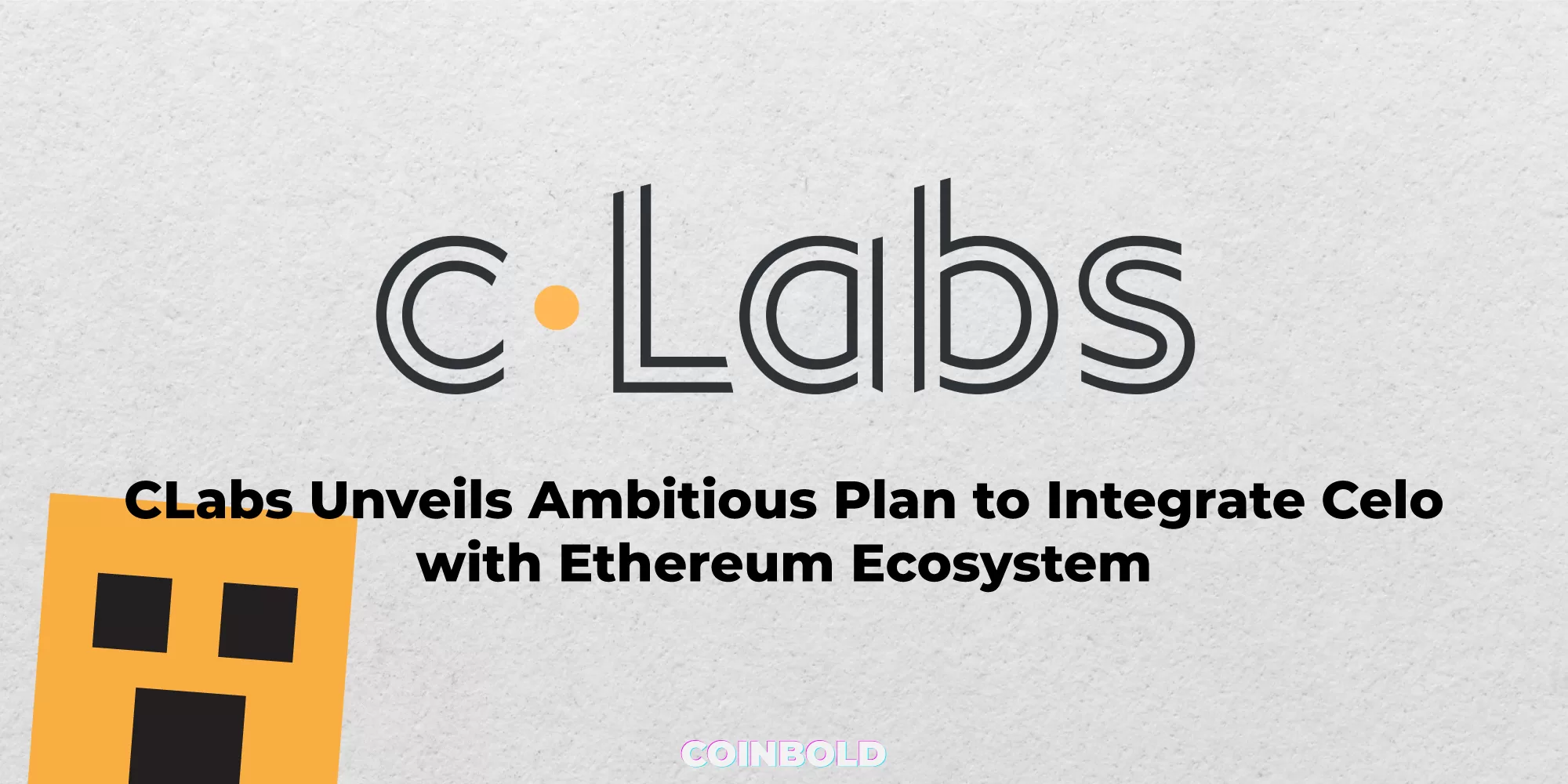CLabs, the innovative force behind the Celo blockchain, is embarking on an exciting journey to reintegrate with the Ethereum ecosystem. Their plan involves transitioning from an independent layer-1 blockchain to a cutting-edge layer-2 solution built on Ethereum. This strategic move aims to leverage the full potential of Ethereum’s tooling and libraries while ensuring seamless compatibility for Celo developers.
🔊 L2 Alert: A Special-Edition EthCC Announcement from @CeloOrg & @cLabs 📣 pic.twitter.com/Ct7N190lNG
— Celo 🦇 🌳 (@CeloOrg) July 16, 2023
Embracing OP Stack: Empowering Celo as an Ethereum Layer-2 Blockchain
One key aspect of CLabs’ proposal is the utilization of OP Stack, a robust architecture that empowers Celo to function as an Ethereum layer-2 blockchain. By embracing this framework, Celo eliminates the need for painstakingly monitoring tooling and library composability during upgrades, streamlining the development process.
The Advantages of Transition: Off-Chain Data Availability and Enhanced Security Measures
The transition brings forth remarkable advantages for the Celo ecosystem. One notable advancement is the introduction of an off-chain data availability layer managed by Ethereum node operators and secured by restaked Ether (ETH). This innovative approach enhances security while maintaining low gas fees. With the implementation of this layer-2 solution, Celo can significantly reduce gas fees compared to other solutions in the market.
Seamless Migration for End-Users and CELO Token-Holders
A key priority during the transition is to ensure a seamless migration for end-users and CELO token-holders. Technical changes taking place behind the scenes will not disrupt their experience. Token-holders will retain control over core contracts and actively participate in governance proposals through voting. Additionally, CELO tokens will continue to serve as a means to pay for gas, further fostering a smooth transition.
Implications for the Celo Ecosystem: Increased Liquidity Flow and Potential Costs
While the focus of this transition is primarily technical, it holds significant implications for the broader Celo ecosystem. The adoption of an Ethereum layer-2 solution opens up possibilities for increased liquidity flow between Celo and other chains, promoting interoperability. However, it is important to note that the transition may introduce additional costs for sequencers, such as fees on the data availability layer and gas on Ethereum. The exact impact on sequencer rewards compared to current validator rewards remains uncertain.


